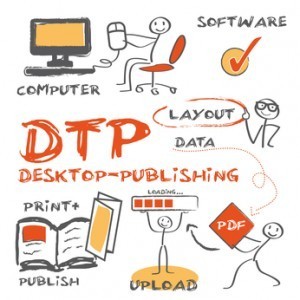What does it MEAN? Common Writing Terminology
For freely offered writing Resources go to RuthFordElward.com
Common Writing Terminology (the following will give basic understanding but not complete definitions)
• About the Author
The part of a publication that contains pertinent information about the author, this is usually composed of a few paragraphs to an entire page normally written in the third person.
• Agent (Literary Agent)
An individual who promotes written works to different publishers, they earn through commissions from the deals that they make. Their commission commonly ranges from 10 to 20%.
• All Rights Reserved (Wikipedia)
It indicates that the copyright holder reserves, or holds for their own use, all the rights provided by copyright law, such as distribution, performance, and creation of derivative works; that is, they have not waived any such right.
• Allegory
This pertains to a story-writing technique where the characters are depicted as things in order to deliver a message. The allegory is often made for political purposes.
• The Antagonist
This character is usually the antihero, the character who goes against the protagonist and prevents him or her from reaching their goal.
• The Bibliography
This is a catalogue of publications and other resources that the author turned to while in the process of writing a book or article.
• A Blank Verse
This is a type of poem that does not rhyme.
• Reviews
The summarization of a personal view point, including praises and criticisms of a written work is called a review.
• A Caption
This is a short description of a photo or any visual material in a book.
• Characterization
This term refers to the author’s way of expressing a character’s personality using various dialog’s, actions, and thoughts.
• The Climax
This is the part of any story that contains the greatest intensity. It is usually the portion of the story where the main characters face the consequences of their previous actions.
• Clips
These are published writing samples that an author sends out. They are sometimes called tear sheets.
• Copyediting
When a book is checked for possible errors in grammar, spelling, punctuation, and sentence structure is called Copyediting.
• Copyright
Shows the exclusive legal right given to an originator or an assignee to print and publish literary material.
• A Dead Metaphor
This is a metaphor that has lost its effect because it has been used one too many.
• A Byline
This mentions the writer’s name in the publication.
• Credits
These are much like a byline but will appear at the bottom of an article.
• Deadline
The agreed upon date when the writer’s work is completed and turned in.
• Deck
The deck is a sentence under the headline of the title which defines the article.
• Evergreen
This is a piece of work that is timeless, and can be used any time of the year.
• Guidelines
Guidelines are the instructions given to the writer.
• Hook
A hook is the first paragraph of an article, usually very dynamic and designed to interest the reader into wanting to read more.
• MS/MSS
This is an abbreviation and stands for manuscript.
• A Piece
This is another term for an article, story, poem, or written work.
• Tight or To Tighten
When the term tight is used, it means to be brief and accurate in what needs to be written.
• Elements of a Story
The most basic elements of a story are setting, character, sequence, conflict, climax, and resolution.
• Definition of a Story
A story is an account of real or imaginary characters and events narrated for the purpose of entertainment.
• Plot
The plot culminates through the course of events that will occur in the story. The events and characters are the two most important elements of a story. Your plot should be realistic, interesting and engaging. The plot should be arranged in such a way that the events are linked in a cause-and-effect manner. It should contain a series of progressively intense conflicts, a climax, and the final resolution.
• Theme
A theme refers to the main gist or meaning of your story. In most cases it is abstract and not mentioned directly in the story. It is communicated in the story through the delivery of solid events and dialog within the story. It is the overall message that the reader obtains from reading the book.
• Setting
The setting refers to the time, place, and in some instances, the background where the story happens. The setting should be clearly described to make the story more realistic. When the setting has been explicitly pronounced, the mood of the story is also established. The setting can also set the boundaries for each character and helps to set up the conflict of the story. Some writers make use of the setting to create contrasts, such as having an event occurring in an unexpected location.
• Mood
The mood refers to the feeling that the reader gets when he reads the story. The best stories elicit a variety of emotions. Feelings of sadness, happiness, excitement, fear, anger are just a few that would be experienced if what is written engages the reader.
• Characters
Character refers to two things: the people or animals in a story or their characteristics. Create characters that readers will care about and identify with, by doing so, the reader will be emotionally engaged in what happens throughout the course of the story.
Ruth Ford Elward's Blog
- Ruth Ford Elward's profile
- 9 followers




